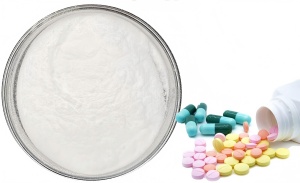What is sildenafil

What is sildenafil? This question often comes up when discussing treatments for erectile dysfunction (ED) or pulmonary arterial hypertension (PAH). Sildenafil is a well-known medication used to improve blood flow in certain conditions, and it has been widely prescribed since its approval by the FDA in the late 1990s.
Sildenafil works by relaxing the muscles and arteries in the body, particularly those in the lungs and penis. It belongs to a class of drugs called phosphodiesterase type 5 (PDE5) inhibitors. In the case of ED, sildenafil increases blood flow to help achieve and maintain an erection when sexually stimulated. For pulmonary hypertension, it reduces the workload on the heart by opening up blood vessels in the lungs, improving oxygen flow and endurance.
When people ask, What is sildenafil, they are often also curious about its brand names. The most recognized brand is Viagra, used primarily for erectile dysfunction. Another brand, Revatio, is marketed for treating PAH. Though the active ingredient is the same, the dosage and intended use may vary depending on the condition being treated.
Sildenafil is usually taken orally, with or without food. For ED, it should be taken about 30 to 60 minutes before sexual activity, and it generally remains effective for up to four hours. For PAH, it is typically taken three times a day. It’s important to follow your doctor’s prescription and not to mix sildenafil with nitrate medications, as this combination can cause a dangerous drop in blood pressure.
Side effects of sildenafil are generally mild and can include headaches, flushing, nasal congestion, and dizziness. More serious side effects are rare but may include sudden vision or hearing loss, or an erection lasting longer than four hours. Always consult with a healthcare provider before starting any new medication.


